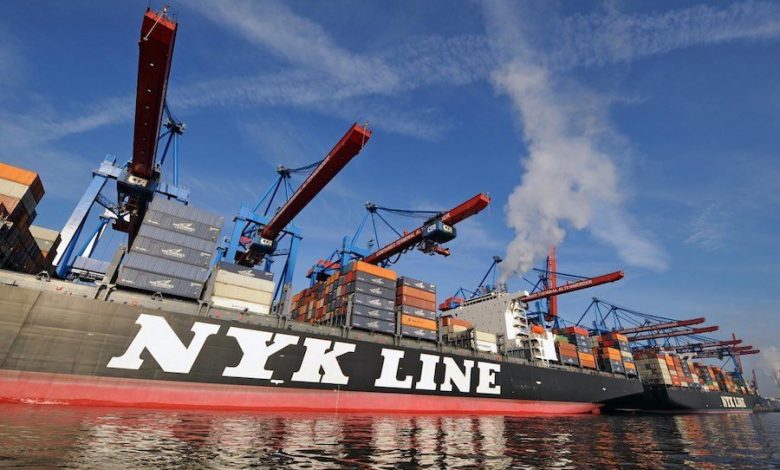Japanese shipping giants show little optimism for 2017

The heads of Japan’s three largest shipping lines addressed their employees today as the nation headed back to work. The mood among the three was decidedly sombre, albeit with a grim determination to transform their giant corporate structures to better serve a changed world economy. All three also spent much time outlining the rationale for the shock move announced last October to merge their boxship divisions to compete with other global liners.
“In no sense can we be optimistic about the coming year,” Eizo Murakami, president and CEO of Kawasaki Kisen Kaisha (K Line) warned in his address.
Murakami said the planned box merger – due in 2018 – was down to the fact that “competitors cannot be defeated without significantly higher cost competitiveness”.
“Our new containerships business strategy for the future will be as follows,” Murakami explained: “To fight equally with overseas competitors that pursue economics of scale by applying cost competitiveness generated from the size of our combined fleets and integrated systems together with the sales competitiveness each of us has developed over the years.”
Murakami’s peer at Mitsui OSK Lines (MOL) also touched on the merger as well as outlining how he sees MOL positioning itself in the coming decade during his speech today.
“The integration of the three companies will give us a foundation to compete with the world’s leading mega-carriers. That is why I expect the new company to pursue integration synergies and become a leaner, stronger business enterprise,” Ikeda said.
Ikeda, who heads up the world’s second largest shipping line by fleet size, said he felt both the container and dry bulk markets were bottoming out.
He proceeded to give employees a vision of how MOL will develop in the coming years.
“My vision of MOL 10 years from now is a group with a strong presence as the world’s top logistics partner,” Ikeda said.
“I believe that changes in the business environment, notably the slow trade phenomenon, are not short-lived trends,” he elaborated, “They reflect a long-term structural change in global trade. Faced with structural changes in the world economy, we cannot break through this impasse by relying on the methods and strategies of the past and outmoded rules of thumb.”
As a result Ikeda called for reforms at MOL with what he described as “bold, flexible thinking that breaks from the past”.
“Please remember that the environment, ICT, and technological development hold the key to our future,” he said, adding: “Corporations can rise above the competition only if they thoroughly analyze their customers’ industries, venture into customers’ value chains and identify unmet needs, explore how they can add value, and steadily propose solutions that deliver value.”
For his part, Tadaaki Naito, the president of Nippon Yusen Kaisha (NYK), instructed his staff to get Japan’s second largest shipping line back on a more even financial keel.
“We need to be fully aware of the fact that shareholders are very troubled with our decision to not pay a dividend for the first time in 52 years,” Naito warned.
